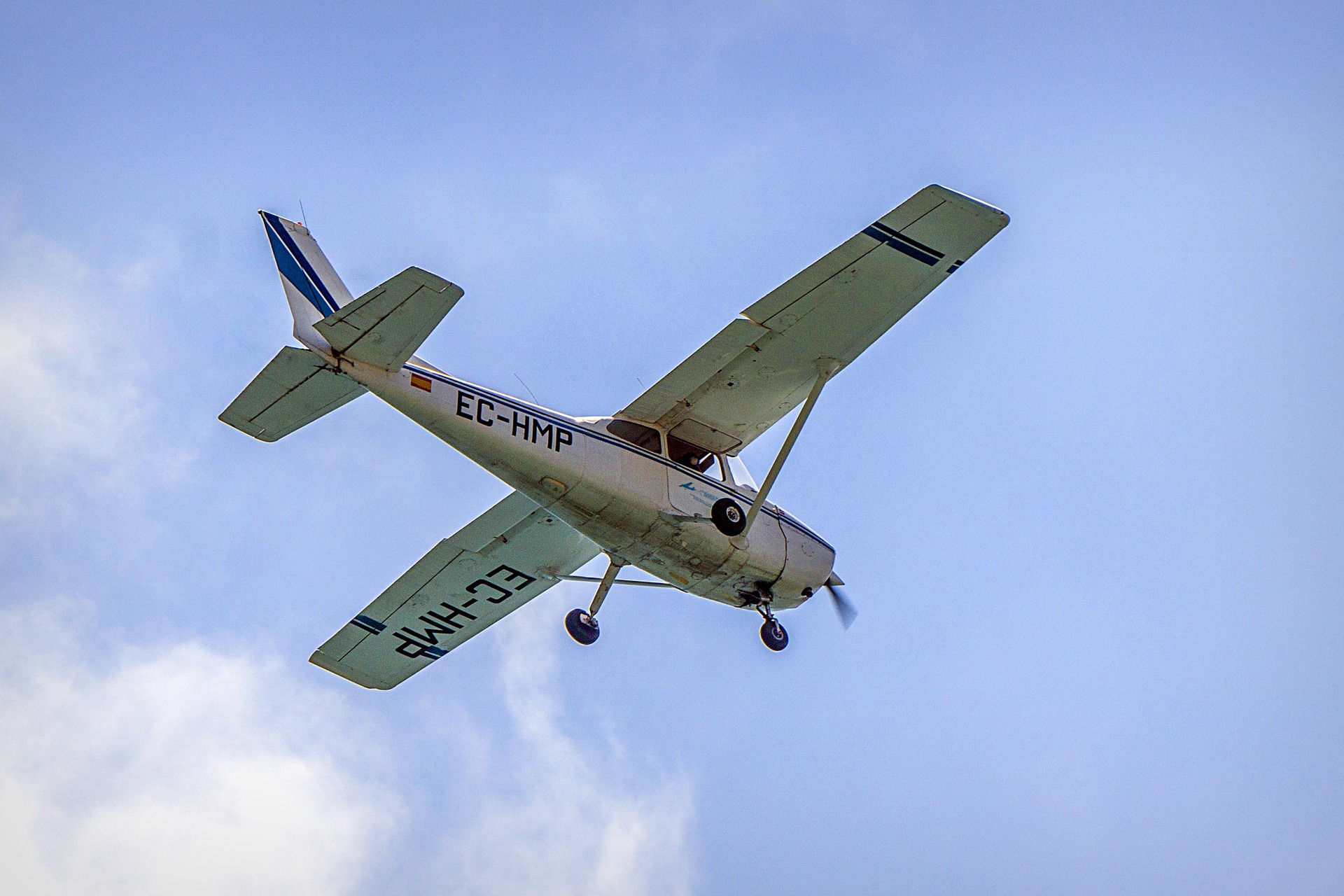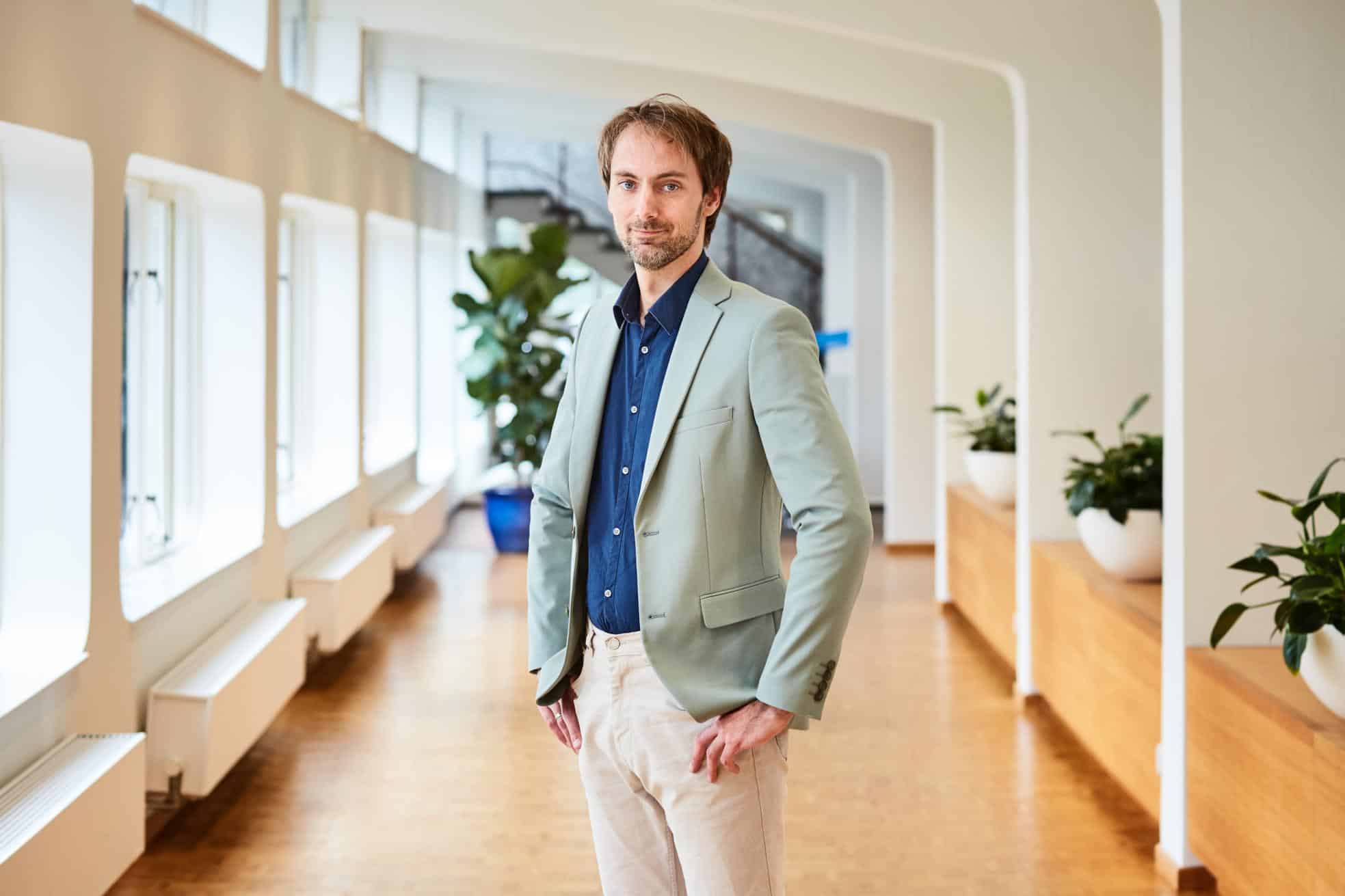
It is a fact that aviation must be made more sustainable, and preferably flying should also be more convenient, comfortable and cheaper. Many companies, governments and research institutions are focusing on an electric variant. Why do we all expect so much from electric aviation? “We’ve been doing research on electric motors and batteries for longer than we have on other sustainable alternatives, like hydrogen and biofuel,” says Brandon van Schaik. He delved into sustainable aviation over the past few years when he was a sustainable energy technology student at the Eindhoven University of Technology (TU/e) and then founded both a student team and a consulting company in this sector. “I notice that aviation looks towards the automotive industry quite a bit when it comes to electrification. There, the development of electric propulsion is advancing rapidly and demand is also growing at a fast pace.”
Read also: First electric flights in the Netherlands within five years
Together
Despite the issues surrounding the capacity of the energy grid, the rollout of charging stations and other practical and logistical challenges, Van Schaik believes that the scaling up of electric cars is advancing rapidly. “Companies in this sector are competitors but, on the other hand, they are also working together to establish a uniform connection to charging stations, for one thing. This demonstrates the power of innovation,” he states. That innovative power should also be present in aviation. Making air travel more sustainable is absolutely necessary in order to reduce global CO2 emissions and thus meet the Paris climate targets.
Read these two inspiring columns on electric flying here and here.
Connection to the ABC islands
Slowly but surely the first steps are being taken in the field of electric aviation. There are plenty of opportunities, but there are also challenges. In recent months, the Dutch government has been researching the possibilities of electric flights between the airports of Aruba, Bonaire and Curaçao. The Dutch Ministry of Infrastructure and Water Management organized a competition for students to come up with a good plan. The winning plan came from Brandon van Schaik and his international team.
Read here about how we will be able to fly electrically between the ABC islands in the future.
“Electric flight is sustainable and improves accessibility. It is also good for tourism on the island because it is very convenient and cheap for tourists to fly up and down between the islands. That is not the case at the moment,” Van Schaik says summarizing the research. Governments in other countries are also researching the potential for electric aviation. Last year, for example, the German Aerospace Center (DLR) set up four new institutions and research facilities to further research electric aviation.
A private jet for everyone
Besides being beneficial for the environment, electric aviation is also a lot more convenient and affordable for tourists and islanders. This opens up more opportunities not only on the ABC islands, but also on the mainland. “You can connect national and international cities much easier this way,” says Van Schaik. “Because electric airplanes are not as big as a Boeing with more than a hundred seats. Consequently, a small airport is already suitable.”
Being able to grab an electric flight more conveniently and quickly is also something that Carlo van de Weijer, manager of the Eindhoven Artificial Intelligence Institute (EAISI) at the Eindhoven University of Technology, sees as an advantage. In his column on Innovation Origins, he sketches out a special vision of the future: a private jet for everyone. Taking an electric flight could be just as simple as taking the train. And the Netherlands has dozens of airports where electric planes could be flown in the future.
VTOLs
There are also start-ups that are thinking one step ahead. They see planes in the future really as taxicabs in the air, so-called VTOLs. These are futuristic aircraft, more of a combination between a drone and a helicopter, that take off and land vertically (VTOL = Vertical Take-Off and Landing). Spanish start-up Advanced Air Mobility (AAM) is making such an airplane that is suitable for short-haul flights. The company calculates that a trip will not be much more expensive than a taxicab ride on the road. “This is a really cool vision of the future, but I still see a lot of logistical problems. Think about air traffic control and charging these planes, for instance,” says van Schaik. “But who knows, maybe in a few years it will be the most normal thing in the world to take a flying taxicab to work.”
Improvements
Electric aircraft – and the airports that are associated with them – still have a long way to go before we will see them in the air on a large scale, according to Van Schaik. “Aviation is slow to change. Although sustainability is gaining prominence on the agenda of increasingly more of organizations involved in this sector,” Van Schaik observes. He sees it with his own eyes in the student team that he has set up. The team, Falcon Electric Aviation, is converting a two-seater aircraft into an electric variant. The first model is nearing completion. “Then we will have an electric airplane, but no charging stations at the airport as yet,” he says. Falcon is working with Kempen Airport in Budel, in the Dutch province of North Brabant. “We wanted to charge the plane there in the parking lot at a charging station for cars,” he says.
Read also: Combustion engine out, electric version in: first clean plane in the air by next year
There is also room for improvement in the area of technology. For example in the radius of action (i.e. the range) of batteries. Several scientists believe that the batteries make electric aviation difficult. Batteries are heavy, expensive and wear out fairly quickly. Current calculations indicate that electric airplanes will be able to fly around twenty people for about two to four hours. This can be improved according to Van Schaik if companies optimize the technology. Yet an electric Boeing 747 is not in the cards in his view. “The batteries would then become too heavy,” he states.
Read also: ‘Cars and planes soon to be half as heavy due to massless energy storage’
Hydrogen
Nevertheless, another sustainable solution will have to be found for long-distance travel, for instance in hydrogen and biofuels. “But the first calculations of flights with these fuels are not yet sufficient for a trip to the other side of the ocean,” he says. Although Van Schaik insists that it is important to press ahead with this research. “In aviation, we have the 80/20 principle. Twenty percent of emissions are caused by flights shorter than approximately eight hundred kilometers, which are flights that can be taken over by electric aircraft. The other eighty percent of emissions come from flights longer than eight hundred kilometers. So we have to find another solution for that,” he elaborates. Airbus, a major aircraft manufacturer, for one, is working on this. The plane builder is working on three different concepts for flying on hydrogen over the coming years.
Electric model
Van Schaik himself is not sitting still either. With the international team that he won the competition organized by the Dutch Ministry of Infrastructure and Water Management, he has started a consultancy company in the field of electric aviation. They have done several studies for airports on the potential for electric aviation, amongst other things. “We notice that a lot of the same questions keep coming up. That is why we are now trying to develop a model that will allow airports to quickly and easily calculate the impact of electric aviation on the airport. This should accelerate innovation,” he notes.
More research
Universities and other knowledge institutions are also conducting research on how to make aviation more sustainable, both for passenger and cargo aircraft. Delft University of Technology in the Netherlands has a dedicated faculty for this purpose and a student team, AeroDelft, has also been set up. This group focuses all of its efforts on the development of aircraft powered by liquid hydrogen, the Phoenix. “There are already some really cool things happening at the universities, but there’s a lot more that can be done. I think universities should invest much more in research into sustainable aviation,” Van Schaik contends.
“In the end, all new technologies, from electric aviation to hydrogen and biofuels, all form the basis for sustainable aviation,” he says. In this, he adds, there is also room for different forms of transport. “Maybe these futuristic helicopters will be exclusively for the elite part of the population, while most people will just city hop on a small electric plane from a small airport nearby,” he reflects. “Again, that’s not necessarily a bad thing. All forms are welcome. We ultimately need everything and everyone to really make the transition to sustainable aviation and sustainable mobility in general.”








